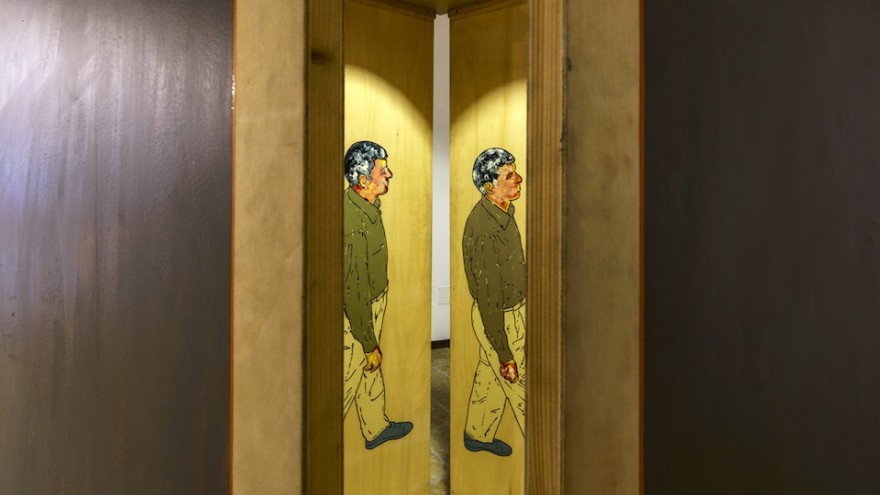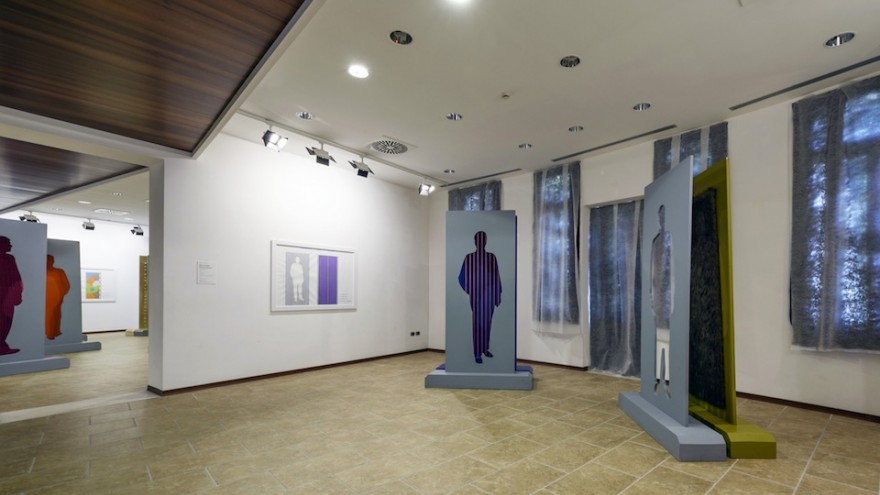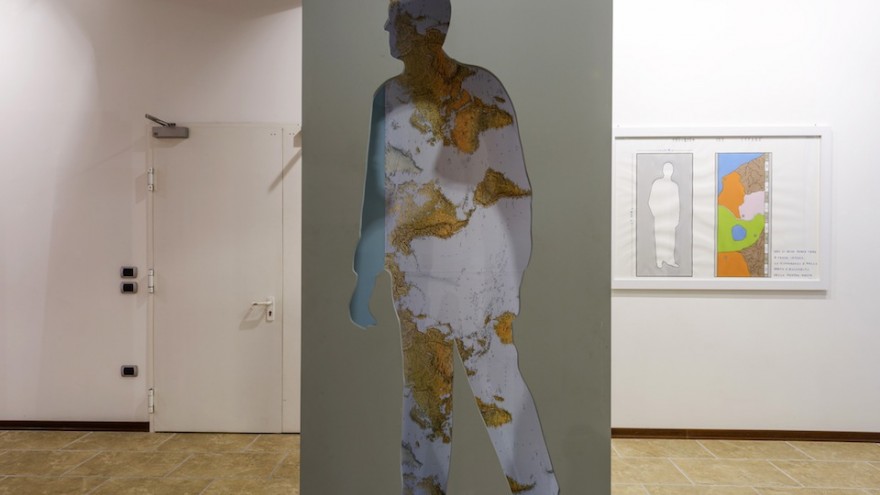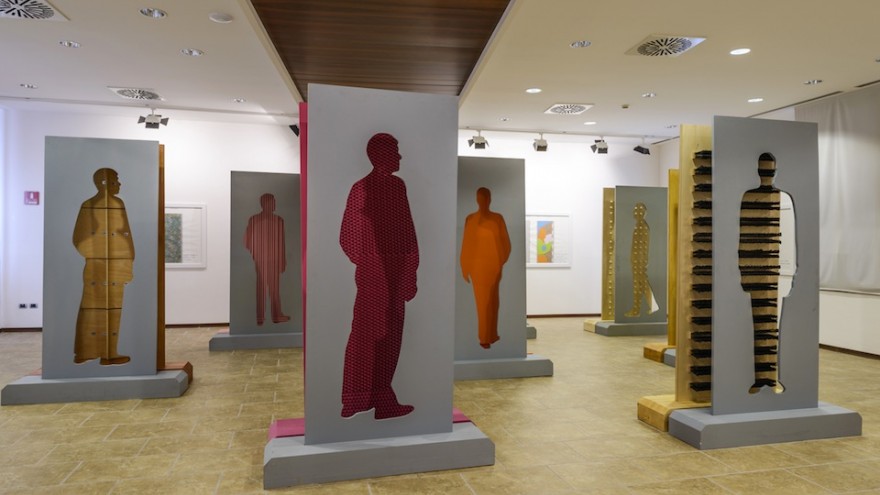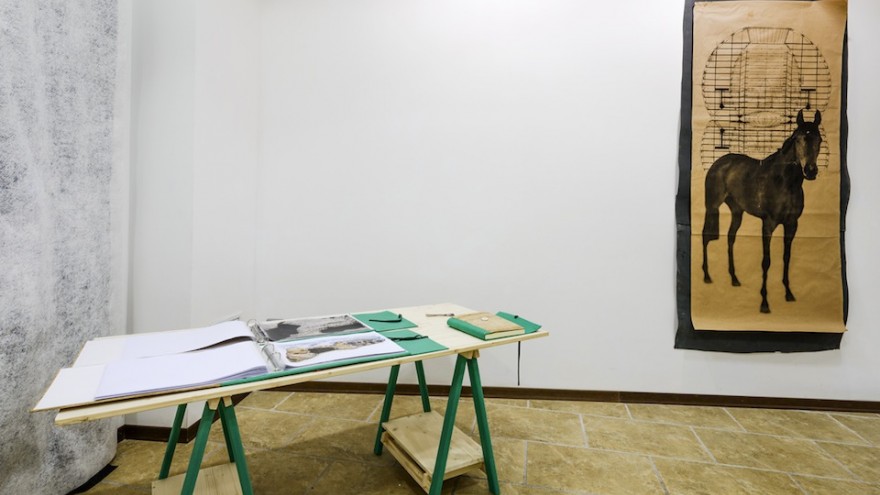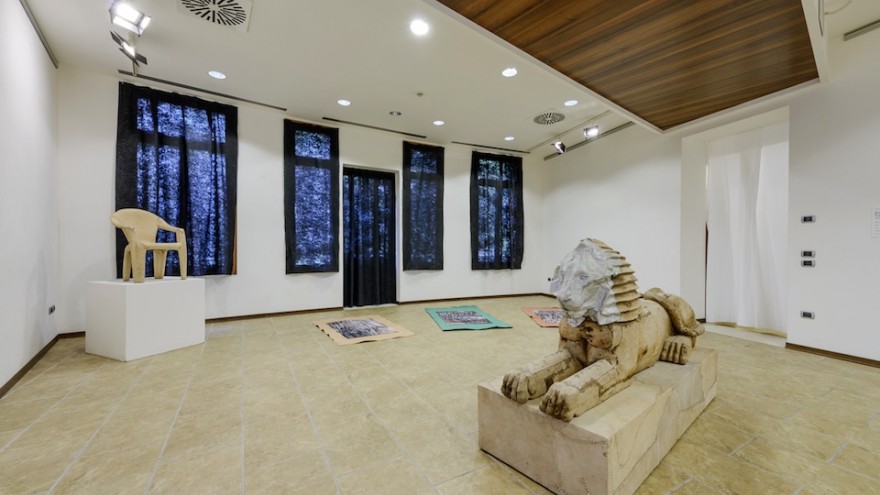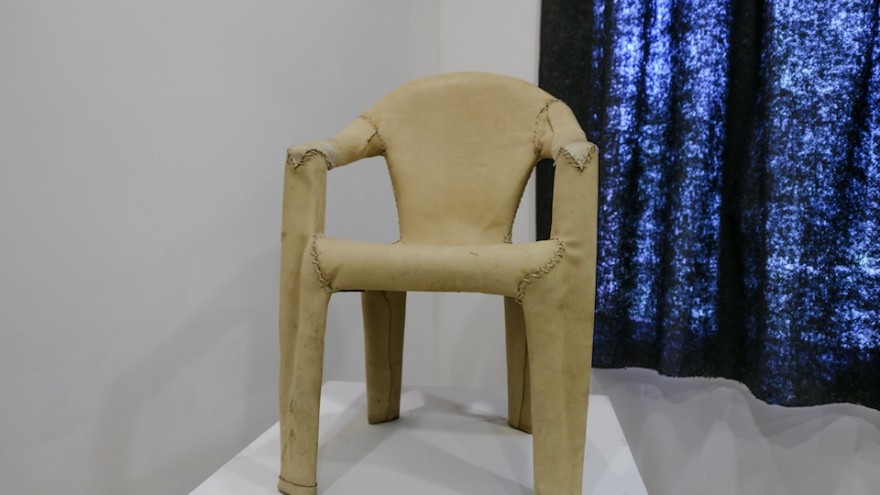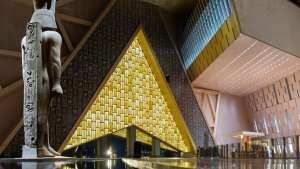Following our report last week on Morocco's Sahara desert-inspired pavilion at the Venice Architecture Biennale, this week we look at another African country's presence: Kenya. The pavilion was one of 11 countries exhibiting for the first time, four of which are African (including Morocco).
But don't expect a whole lot of Kenyan-ness at the Kenyan pavilion on San Servolo Island. You'd think that Biennale curator Rem Koolhaas's theme of “Fundamentals”, which charged participants to investigate the impact of modern architecture on distinctive architectural vernaculars since 1914, would be fertile material for the African countries in particular to explore. The Venice Biennale represents an opportunity to show the world how Kenya's built environment has morphed over the past century and the various forces that have influenced it – particularly since so little is known about it outside of East Africa.
The pavilion, titled Back to the(se) Stars, is curated by the Italian-born but Kenyan resident Paola Poponi, who put together Kenya's pavilion at the Venice Art Biennale last year. The exhibition drew a lot of ire for the notable absence of Kenyan artists: only two of the 12 artists were actually Kenyan.
It seems that little has changed in a year. The pavilion features the work of two Italians: sculptor Armando Tanzini, who has lived in Kenya for decades and whose work featured in last year's biennale too, and artist Renato Mambor.
Nonetheless, Poponi is upbeat about the country's indigenous architectural language. “In Kenya, national identity has never lost its way in spite of technological progress,” the curatorial statement says.
Tanzini’s work, grouped under the theme "History and Experience", looks at Kenyan architecture post-Independence. He highlights Kenya’s use of inexpensive and biodegradable materials in architecture, explaining his creations as “exterior walls made of roots that blend our presence and make us part of a whole, of a cosmos”.
We're left scratching our heads and wondering about the missed opportunity to celebrate 50 years of Kenya's architectural independence from Britain.
Back to the(se) Stars is on display until 23 November 2014.

